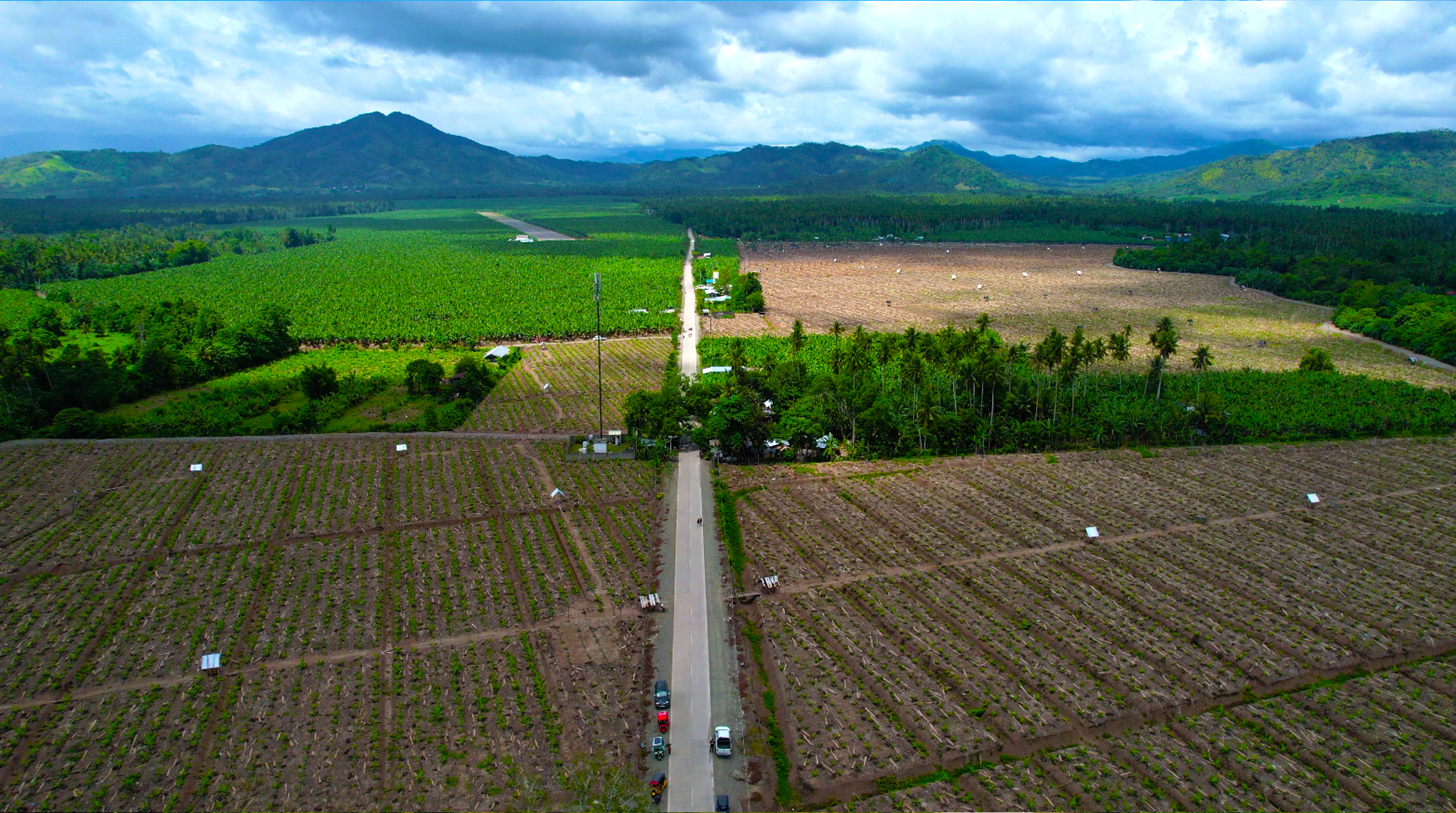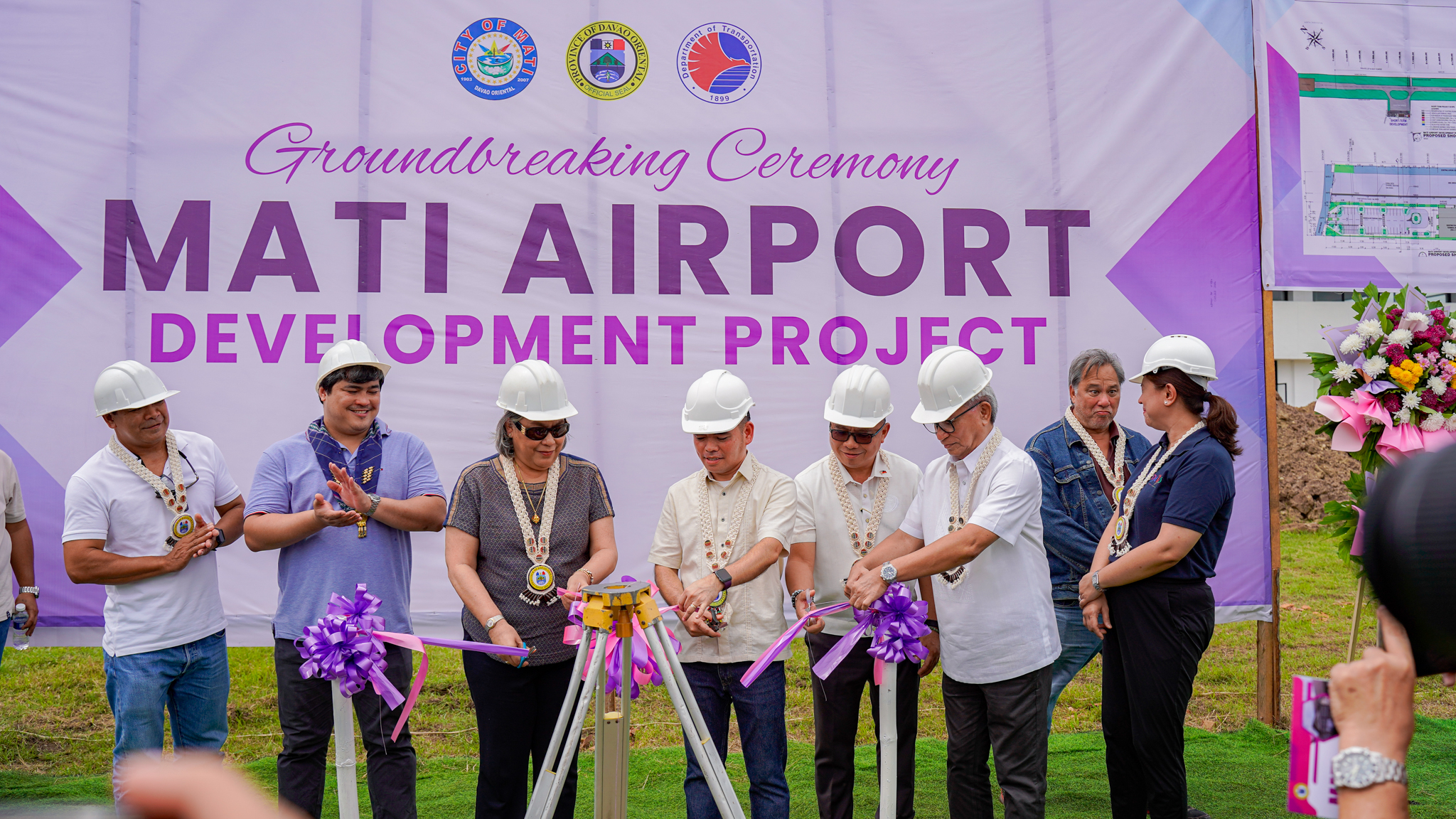LUPON, DAVAO ORIENTAL – Close to eight thousand villagers, composed chiefly of rural farmers, are overjoyed as they are now experiencing the benefits of the newly paved road, easily connecting them to the neighboring villages and markets in the urban centers.
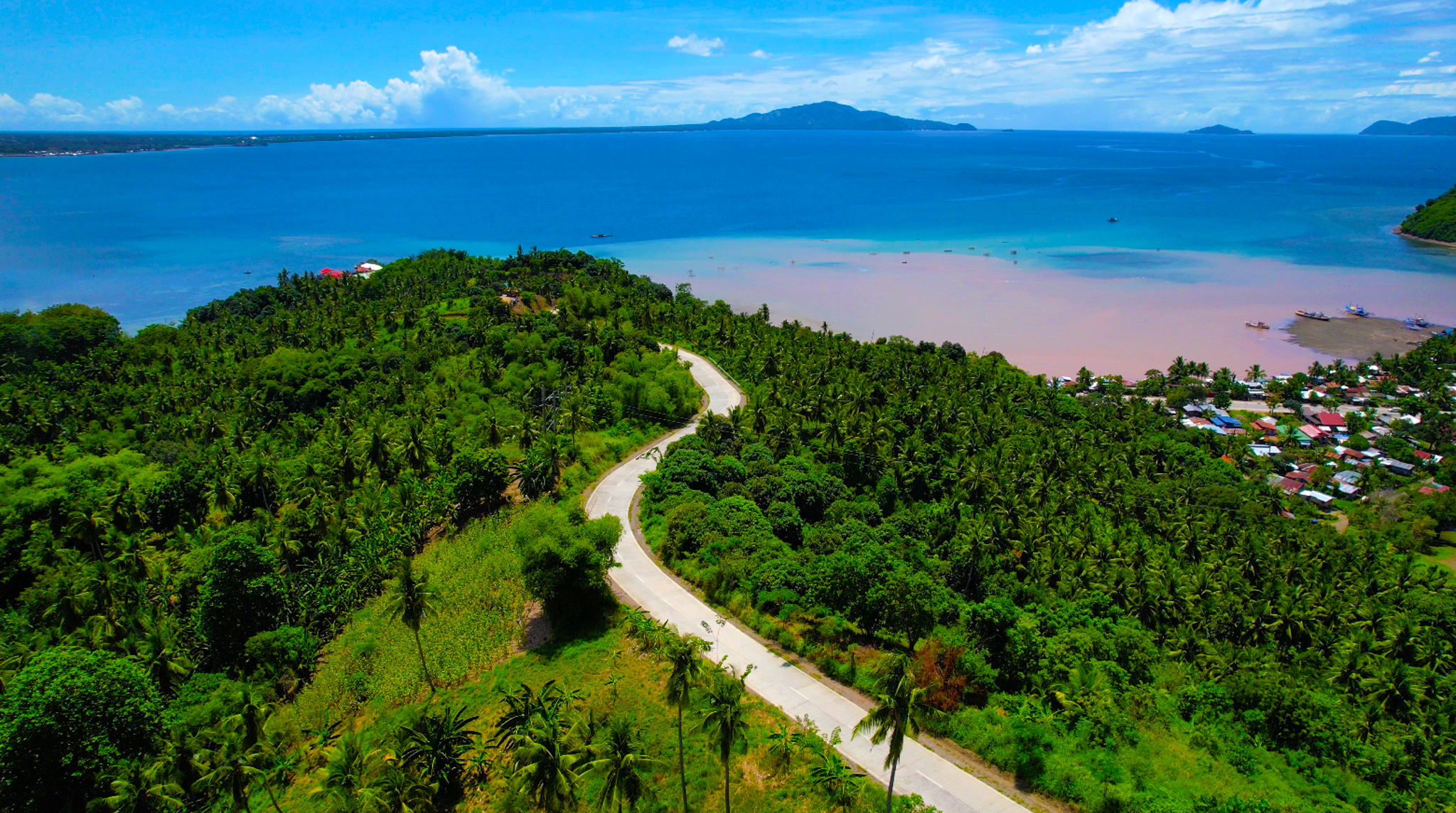
Considered the longest road network project in Davao Oriental implemented under one administration, the road collectively called MATAVISAN-LISACU stretches to a total of 32.96 kilometers. It covers eight villages, namely Barangays Macangao, Tagboa, New Visayas, and San Isidro (MATAVISAN) in the municipality of Lupon down to the Barangays of Libudon, Sanghay, Culian, and parts of Badas (LISACU) in the City of Mati.
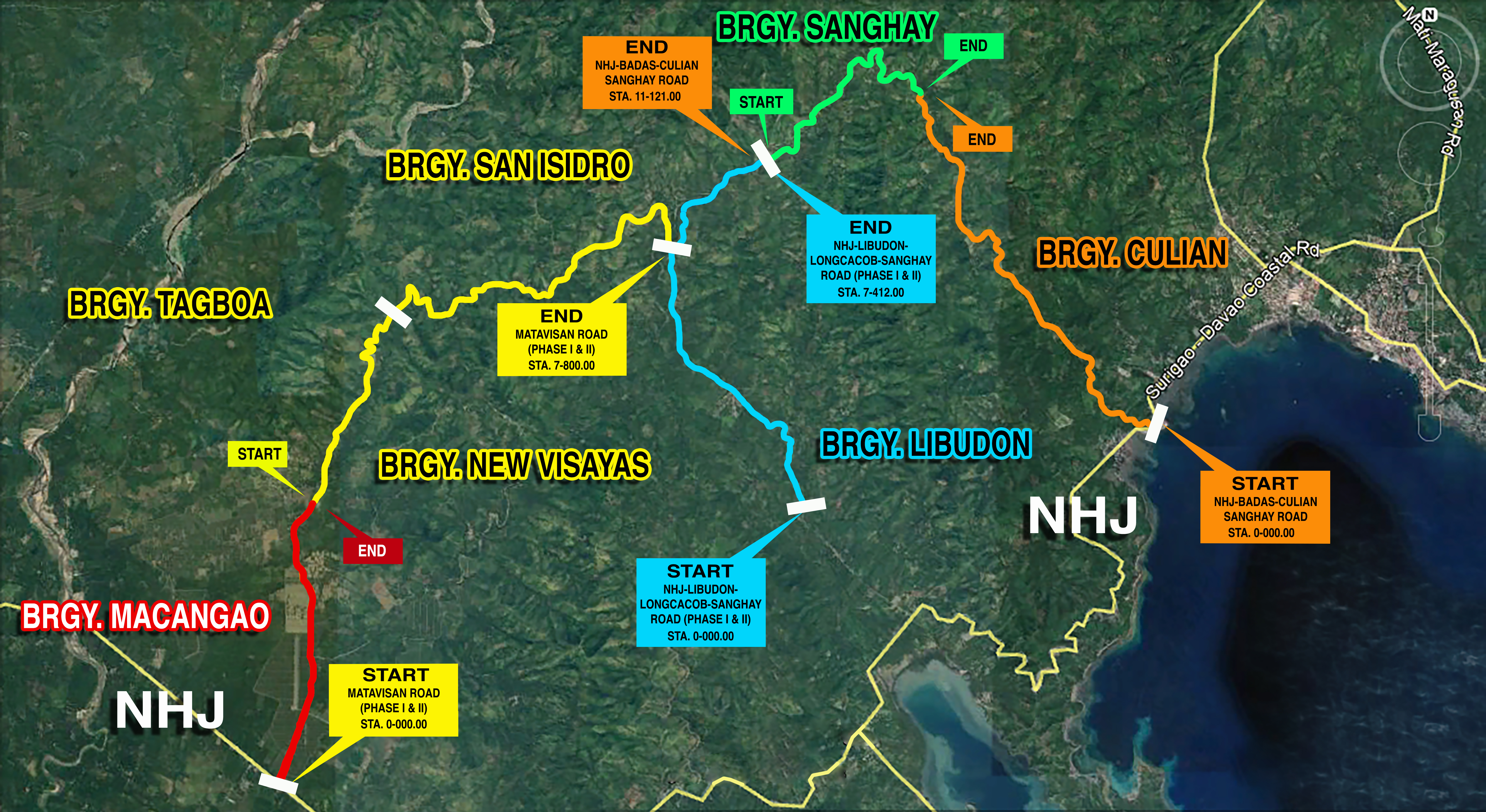
Joselyn Recaña, 46, a resident of Barangay Culian in the City of Mati, said that their income has also significantly increased ever since the newly paved road was opened. “Before the roads here were paved, our crops were damaged even before they reached the market. Farmers here get a meager income because of the damaged crops. But now, with better roads, we also earn a better income,” she said.
The movement of farm produce from the farm to the town center and other locations also get a lot easier, said Joselyn. “Delivering our produce is not a problem anymore since trucks collecting our crops now come directly to the village,” she added.
Katherine Magadan, 46, a farmer and a laborer from Barangay Tagboa said that the concrete road provided respite to the villagers who used to endure badly rutted and muddy roads. “Before these roads were paved, we endured flooded roads and numerous potholes. Now, we easily go to other locations without any trouble, and the drive time is shortened,” she said.
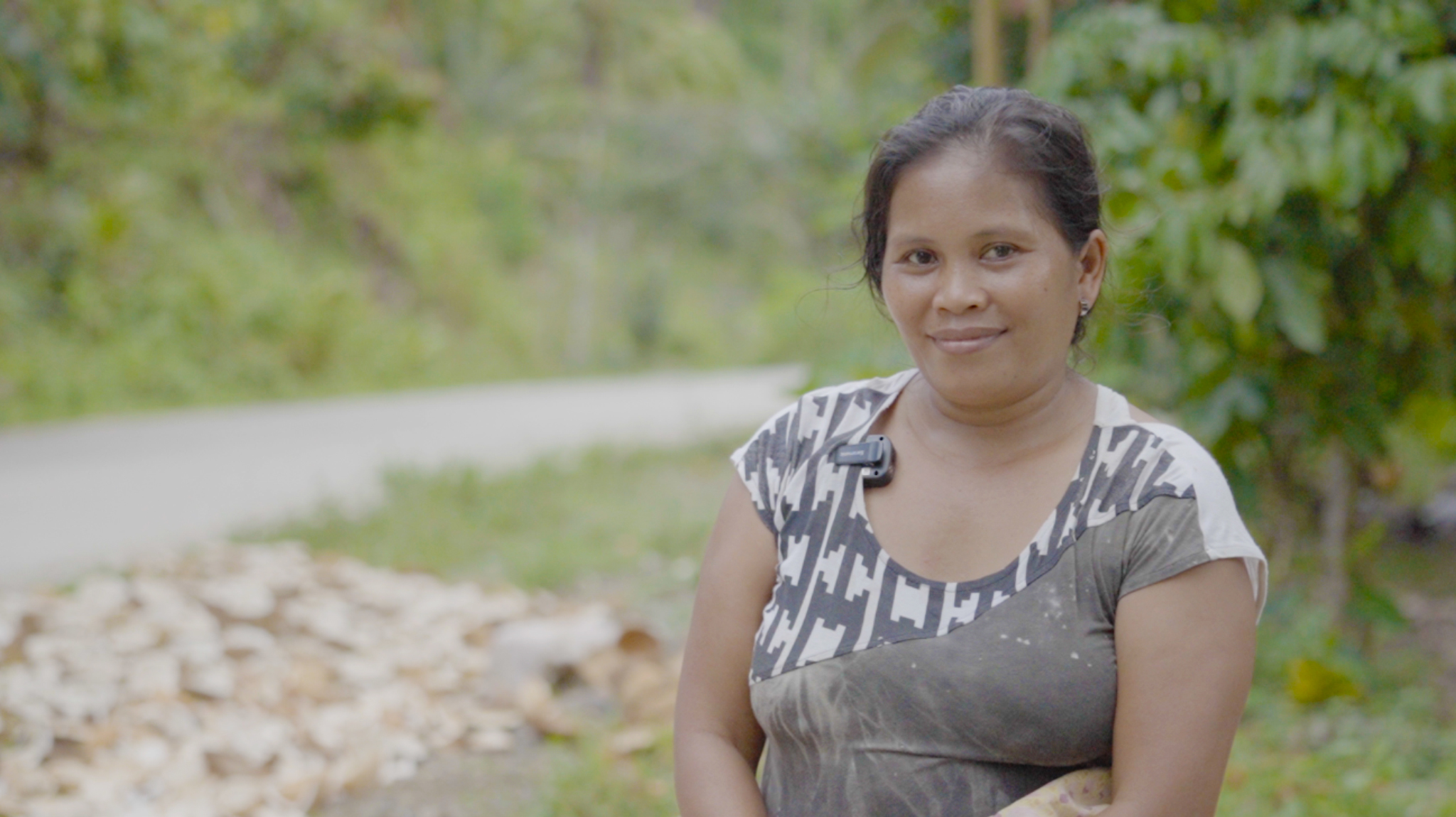
Many investors also started to come in. “We buy discarded bananas from the nearby plantation, which we process and sell as swine feed in the market or in nearby villages,” she said, adding that this livelihood supplements their income.

Punong Barangay Erwin Barabag of Barangay Macangao expressed his gratitude to the government for the project as this provided relief to his residents. “We don’t have to worry about road maintenance because the road here is already concreted. We also transport our people easier, especially in emergencies,” he said.
Started in 2017 and completed in 2020, the road network was formally turned over on Wednesday, March 16, 2022, in a simple turn-over ceremony held at Barangay Macangao, Lupon, Davao Oriental, led by Governor Nelson Dayanghirang and graced by Senator Christopher Lawrence Bong Go.
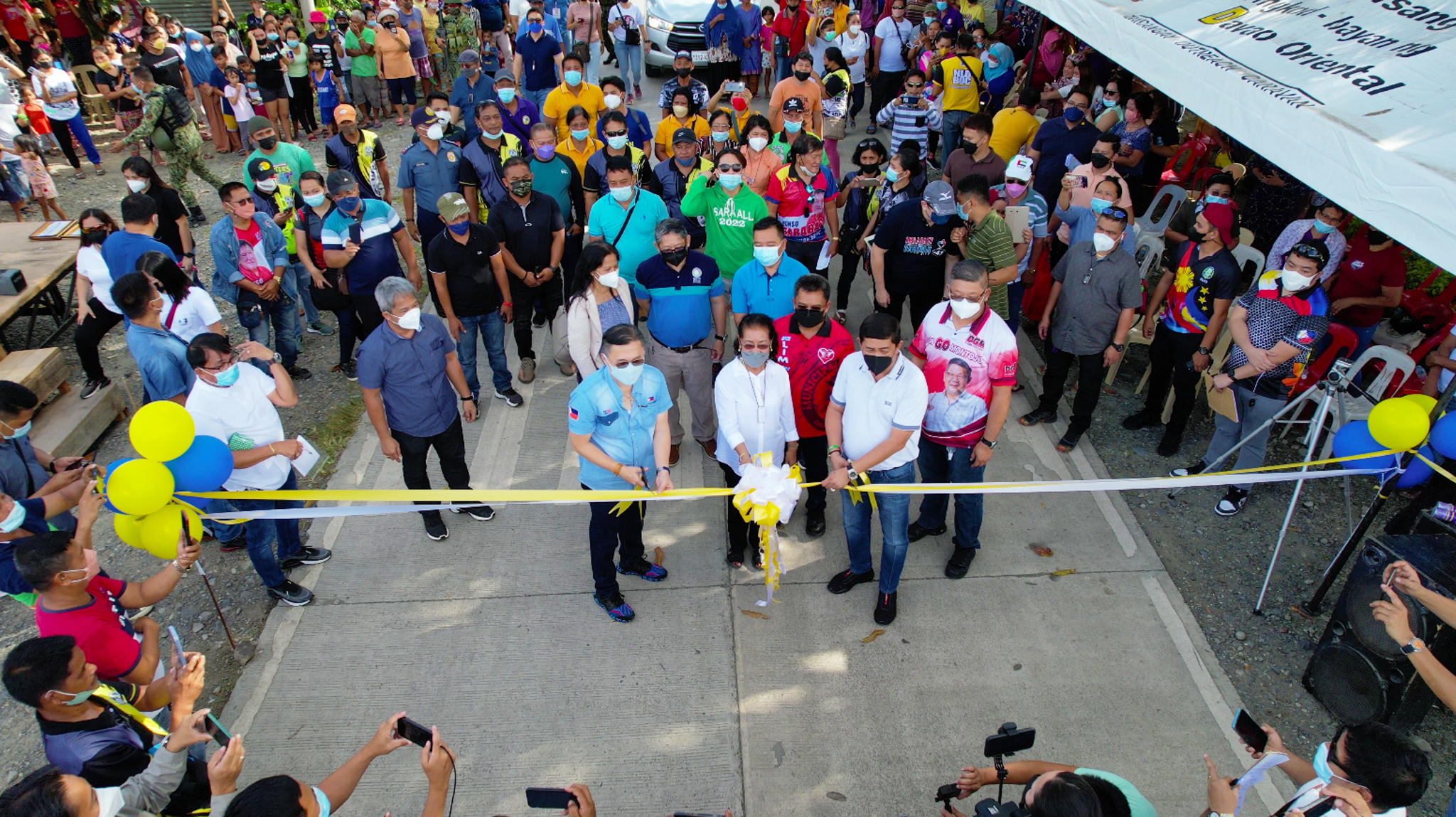
With a total project cost of P534.3 million, the road network was jointly funded by the Philippine Rural Development Program (PRDP) with counterpart funds from the Department of Agriculture and the Provincial Government and the Conditional Matching Grant to Provinces under the Department of the Interior and Local Government.
Department of Agriculture XI Regional Director Abel James Monteagudo said this road network is one of the longest road projects implemented under the PRDP, further extended through the DILG’s CMGP project.
The PRDP paved 14.36 kilometers with funding of P218.1 million, while the remaining 18.6 kilometers with bridge component was sourced out from the DILG’s CMGP fund, amounting to P366.1 million.
With the newly paved road, Director Monteagudo encouraged the people’s participation in managing the road, which is part of the PRDP’s community development, to ensure the proper usage and monitoring of the road’s condition.
Legacy Project
Considered the longest road network in the province implemented under one administration, the MATAVISAN-LISACU road project is one of the many legacy projects of Governor Nelson Dayanghirang.
It forms part of the province’s Road Network Development Plan conceptualized in the provincial government’s bid to enhance connectivity and open up massive economic opportunities in the countryside.
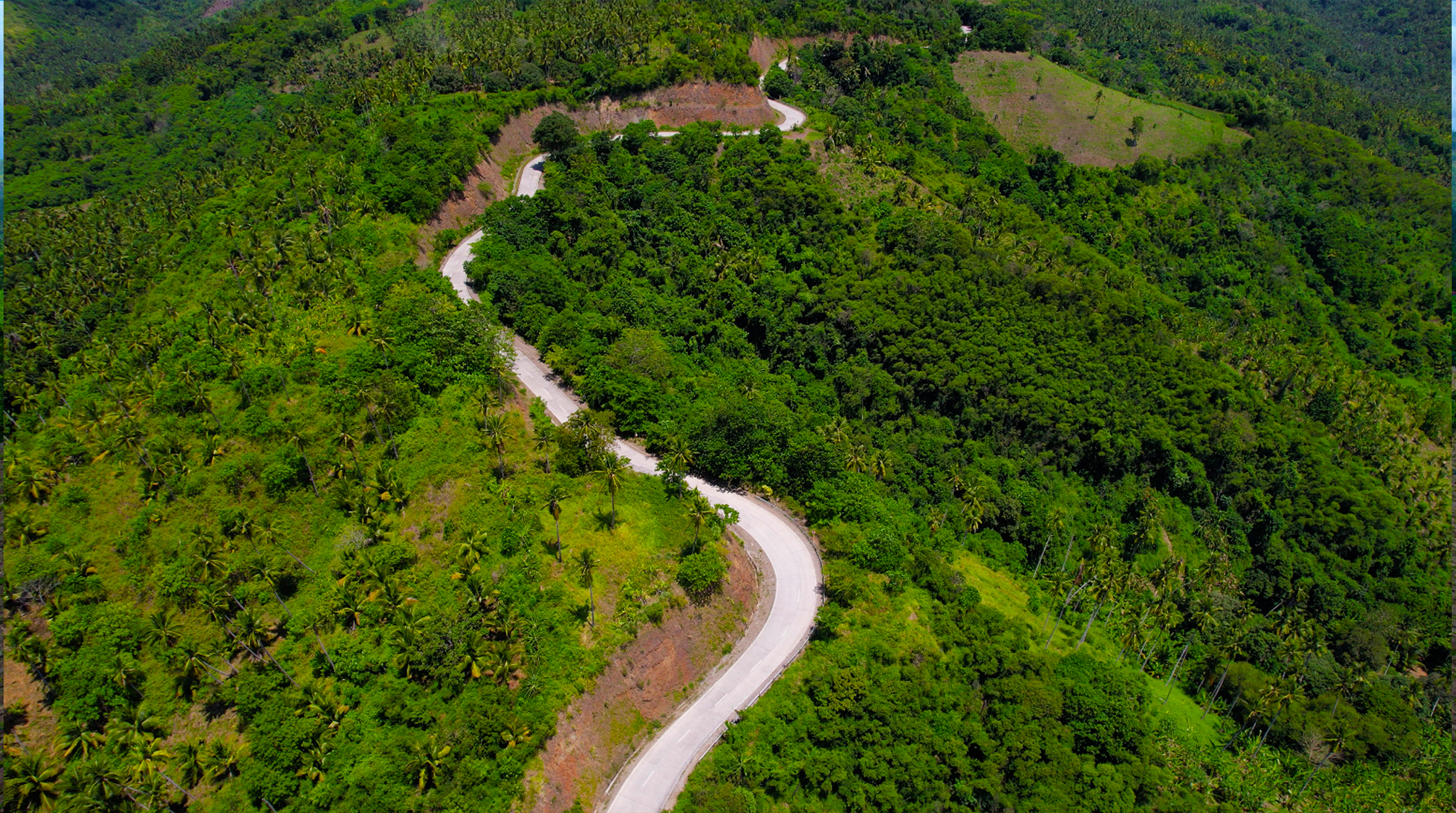
Provincial Engineer Ruel Dumadag said that in the history of road projects in the province, this is the first time that Davao Oriental has implemented a single road project stretching to more than 30 kilometers. “It’s the biggest road project we implemented so far under one administration,” said Engr. Dumadag.
Aside from the national government’s thrust to build massive infrastructures, he attributed this feat to the local leadership’s strong political will and technical readiness.
“The Build Build Build Program of President Duterte is a timely window that provides [huge] budget, but it is still the political will and the technical readiness that will determine the success of the project implementation. We could easily afford to build roads by sourcing out funds, but it would not have been feasible without these crucial elements,” he added.
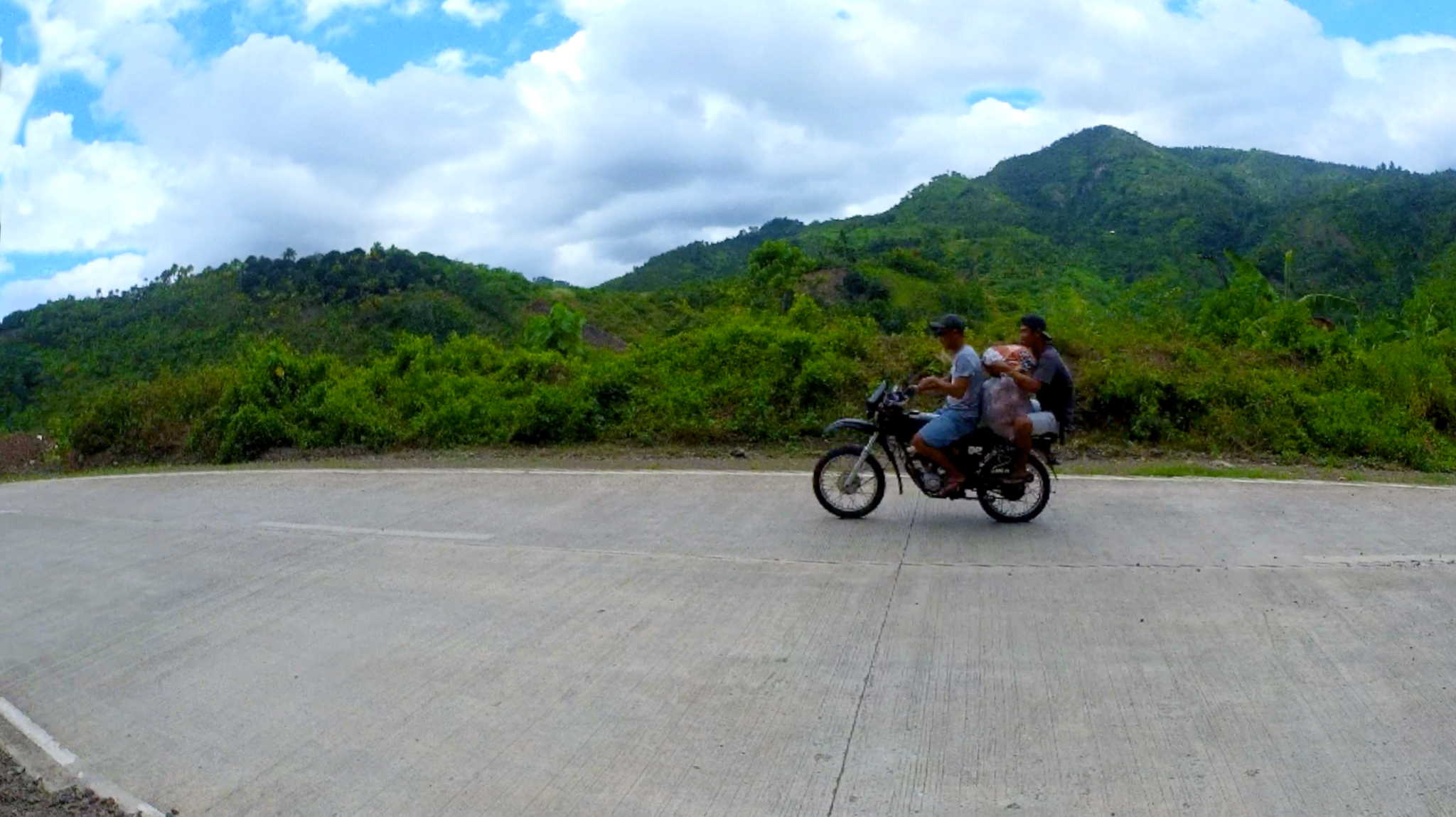
Under the Dayanghirang administration, the provincial government has already paved a total of 140 kilometers, or 51.66 percent of the 271 kilometers total paved provincial roads.
When Governor Dayanghirang assumed office in 2016, the province had paved roads stretching to 131 kilometers. In the last quarter of 2021, the total length of paved road increased to 271 kilometers. “This means that the province was able to double the length of paved roads of the previous years combined only within the last six years,” said Engr. Dumadag.
Governor Dayanghirang said that he considers building roads a worthy investment since it helps stimulate economic activities and fight poverty.
Gov. Dayanghirang further emphasized the road’s significance in ensuring peace and order in the communities and fast delivery of government services to these far-flung communities.
“By providing necessary infrastructures to support the people’s livelihood, we are assured of advancing development and reducing poverty among our people,” Governor Dayanghirang said. By Karen Lou Deloso/Photos by Eden Jhan Licayan

